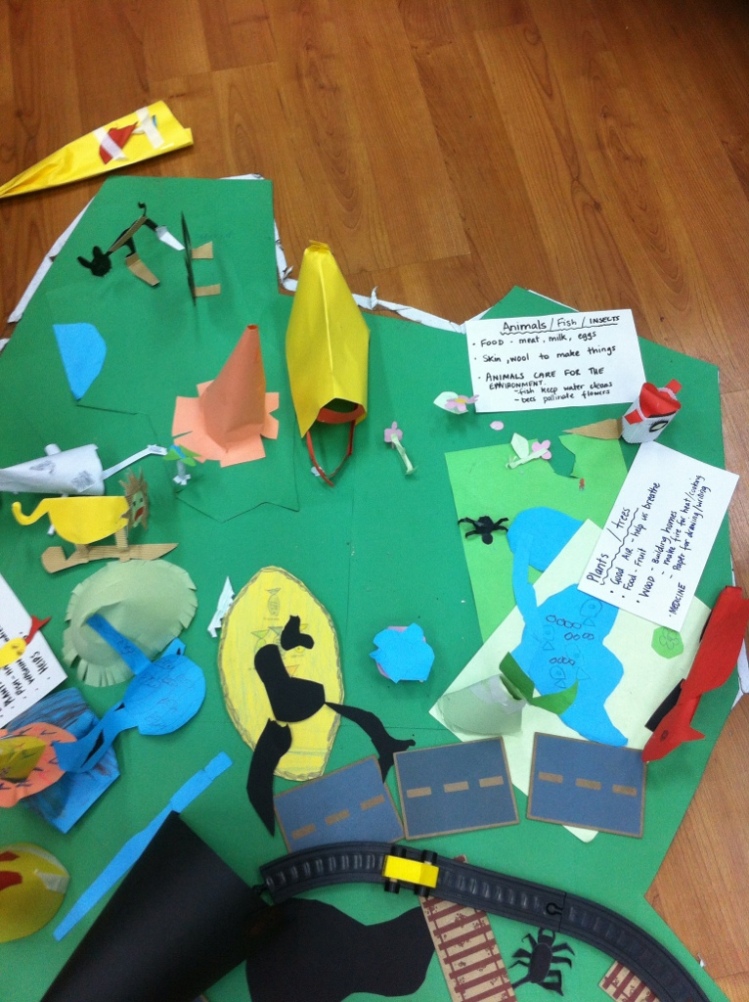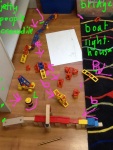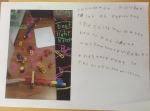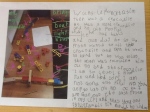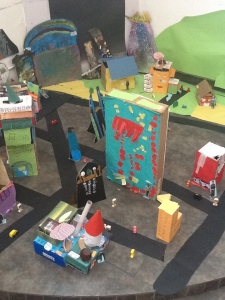This is an inquiry that Grade 1 students led from a Unit of Inquiry based on the central idea of: We have a responsibility to conserve the earth’s resources.
In integrating Mathematics into the unit we looked at capacity and creating ‘an island’.
The children stood in a huddled group, we drew a line around the group. When they stepped away, the shape became an island. “How many children did the island hold?”, then “How many chairs, books, toys” etc. This was documented and explored and linked to other examples of capacity.
But we still had the Island. The children were posed the question of what natural resources could this island have? It was suggested they could draw an aerial map….now this is where the fun began as one child suggested we make a 3 D map….so the play began at an individual level for each child. They could make to their choice and interest a natural resource to be added to the island. Every individual creation, idea was added and they all learned while making or recording at their individual interest and sense of expression.
The integrated subject opportunities were endless; writing, filming, counting, measuring, renaming in the local language, and more….students were exposed, committed and involved.
One family took action and arranged for their birthday cake to be made around natural resources!
To further explore the depth of their understanding in protecting the natural resources on their island we began a lesson with a big pile of pretend money and asked if the children would give a corner of the island away for all the money. They said yes, the money was shared. The next day when they arrived at school the island had a big mine in the corner and the natural resources were taken away or had black “oil” all over it.
The class returned with their money saying they wanted the island back!
Did they come to understand the need to protect natural resources? In this context yes. This became the springboard for more factual and broader learning as they had a meaningful and emotional learning experience in which, as individuals, they could connect to.
Play allowed students to connect to the unit at their level.
Granted this was a tighter more directed play experience but as teachers we can value this and use these small play based learning experiences to lead to broader experiences.
